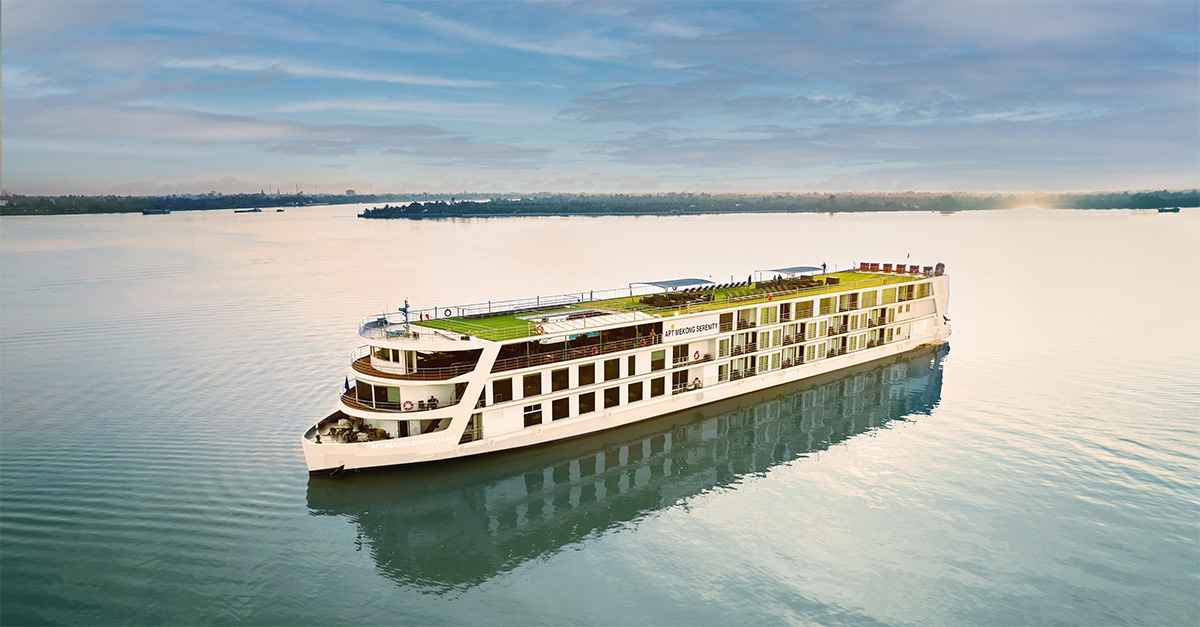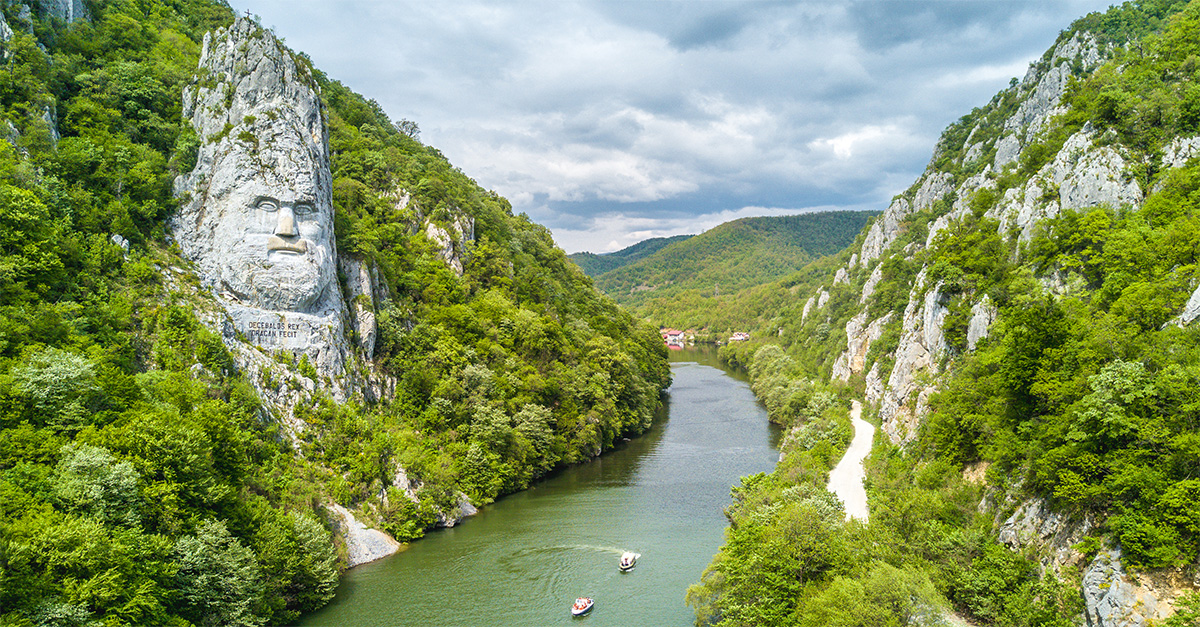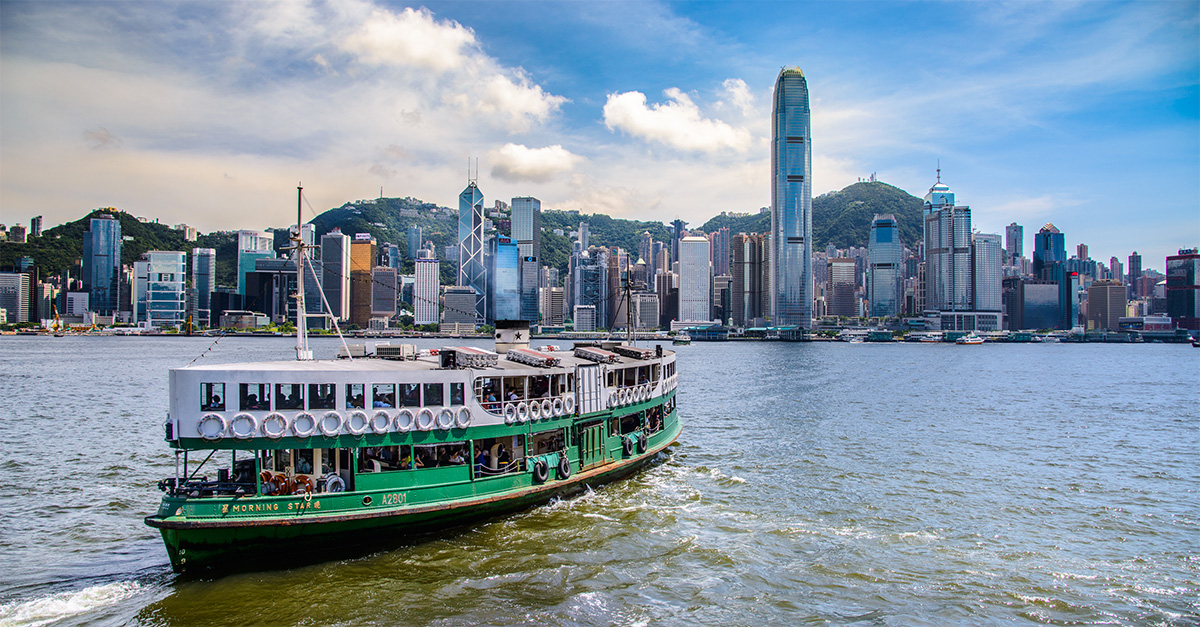Joanna Booth picks the top African safari destinations to get the ultimate viewing of each of the big five
Like this and want more details? Click here to download and save as a PDF.
Even the most uncompetitive traveller can’t resist the lure of a list.
The satisfaction of ticking off another item, the bragging rights of completing the whole thing – these are impulses that can be leveraged into bookings. Lists may now be ubiquitous – top five this, 10 of the best that – but Africa is home to one of the earliest travel lists.
The big five started life among big-game hunters, referring to the five most difficult and dangerous animals to hunt on foot.
These days, any shooting your clients will be doing is with a camera, but the challenge of ticking off lion, elephant, leopard, rhino and buffalo remains. We’ve recommended the ultimate locations to spot each of them.
LION
They aren’t referred to as the ‘King of beasts’ for nothing – there’s something undeniably majestic about the lion. Sighting a pride is the ultimate thrill for many travellers, and the good news is that it’s not hard to spot lions in Africa. Despite the fact they are an endangered species, you’ll find them in almost all safari areas, and, because they’re far more social than other big cats, they are often in prides.
But for some clients, especially those who have been on a safari before, seeing these borderline nocturnal animals merely lounge around may not be enough. The real prestige comes in seeing a kill.
Lucy Kublikowski, sales and marketing manager at Visions of Africa, says: “Lions are generally very lazy and it is difficult to see them doing anything other than sleeping. However, one of the best chances to see them in action is in the Masai Mara, especially around the time of the annual migration. The wide-open spaces also make it easier to watch as they stalk their prey.”
There’s a reason the BBC chose Kenya’s Masai Mara National Reserve to film Big Cat Diary. It has one of the highest densities of lion in Africa, huge areas of open grassland and plentiful game, so clients will have a good chance of seeing a kill.
If your clients’ budget allows, book them into a camp in one of the conservancies that border the Mara. These private reserves limit the number of visitors, so clients won’t find whole groups of vehicles chasing the game and bunching around a kill, obscuring the view.
Book it: Visions of Africa offers a new nine-night Kenya itinerary with stays in luxury lodges in the Masai Mara, Lake Nakuru and Laikipia Game Reserve from £2,245. The price includes six nights’ full-board, one night’s B&B, flights, transfers, national park fees and game drives and activities.
visionsofafrica.co.uk
01444 225640
Or try: For safari aficionados looking for ultimate bragging rights, suggest Lake Manyara National Park in Tanzania, which is renowned for its tree-climbing lions. In Botswana’s Okavango Delta, the prides have adapted to the wetland habitat and you can see them take to the water in pursuit of their prey.
ELEPHANT
Whether you spot them from a distance, watching a string of adults stride across the veldt, or get up close to see a tiny baby, it’s impossible not to fall a little bit in love with the world’s largest land mammal.
As with lions, you’ll find elephants in most African parks, but some areas have higher concentrations and better viewing opportunities than others. There is little more enchanting than watching elephants play in the water, splashing and blowing droplets over one another with their trunks.
Claire Farley, sales and marketing director at 2by2 Holidays, says: “The Chobe game reserve in Botswana is one of the best places to see elephants. Huge herds come down to the Zambezi to drink.”
Clients will be able to get really close to the elephants in motorised safari boats – it’s a safer way to approach than on land. And with one of the highest concentrations of elephants in Africa – population estimates vary wildly, from 50,000 to 120,000 – there’s plenty to go around.
Clients will also love the riverside lodges and the high quality of the game drives. The area’s proximity to the Zimbabwe/Zambia border also means it’s easy to include a visit to Victoria Falls – another great sight to tick off the list.
Book it: A 12-night itinerary visiting Victoria Falls, Chobe National Park and Cape Town including flights from Heathrow with South African Airways starts from £2,295 with 2by2 Holidays.
2by2holidays.co.uk
01582 766122
Or try: Amboseli in Kenya is famous for the herds of elephants that come to drink in the swamps formed by the melting snow from Mount Kilimanjaro, and the open plains give great views of the herds approaching the water.
LEOPARD
The most difficult of the big five to tick off the list is the elusive leopard – but that just means the thrill when you do is even greater.
Agile and stealthy, these big cats have huge jaw muscles that allow them to take down large prey. They are excellent climbers and you’ll often spot them in trees, dozing while stretched out along a branch, using the height as a vantage point from which to watch and ambush prey, or feasting on a kill they’ve dragged into the canopy for safe-keeping.
Lisa Fisher, Rainbow Tours product manager, recommends Zambia’s South Luangwa National Park. “This is one of the few national parks to allow night drives, meaning there is an excellent chance of seeing these nocturnal animals,” she says.
The population density of leopard here is high – nearly twice that of South Africa’s Kruger – and the high quality of guiding in Zambia means clients have the best chance of a sighting.
Book it: Rainbow Tours offers a four-night package at Sanctuary Puku Ridge in Zambia’s South Luangwa national park from £3,495 including return flights from London, internal light aircraft transfers, all meals, game viewing activities and park entry fees.
rainbowtours.co.uk
020 7666 1250
Or try: Sabi Sand Reserve close to Kruger National Park in South Africa is popular with wildlife film makers. With large numbers of leopard, the terrain of wooded bushveld and open plains where antelope graze suits leopards’ ambush technique perfectly.

RHINO
A fully grown rhinoceros will weigh more than a tonne and can stand as tall as a basketball player, which explains why the collective noun for a group of rhinoceros is a crash. These critically endangered creatures are hunted for their horns, and clients will need to pick their safari locations carefully to have a chance of seeing them.
There are two species, black and white, but the names are misleading – both are grey. White comes from the Dutch word ‘wijd’, meaning wide, referring to its flat, broad mouth designed for grazing. Black rhinos are slightly smaller, and a narrow, pointed upper lip allows them to grasp leaves and twigs from trees and bushes.
South Africa has had great success with rhino breeding programmes, particularly for the white rhino, and is now home to more than 90% of Africa’s rhinos.
Michael Creighton, Travel 2 product manager, says: “The breeding programme at the Hluhluwe Game Reserve have been very sucessful and 20% of the world’s rhinos live here.”
Book it: Travel 2 offers four nights’ full-board in a luxury chalet at Hluhluwe River Lodge with one game drive a day from £1,218 including flights from London.
travel2.com
0800 022 4182
Or try: Namibia, where black rhinos are easy to spot in the rocky, open terrain of Damaraland, and clients can track them on foot.
BUFFALO
The most numerous and least glamorous of the big five, buffalo are easy to spot, but their fierce nature and bad temper means they can still give clients a thrill.
They won’t hesitate to take on a lion if threatened, and some have been known to seek out and kill cubs as a preventative measure.
Buffalo join smaller herbivores with hoofs in the annual migration, moving from the Serengeti to the Mara and back, so clients will see huge herds among thousands of wildebeest and zebra.
Carole McFadden, African Pride reservations manager, says: “It’s probably safe to say the buffalo is fifth on most big five lists, but they are pretty impressive creatures close up and it’s very interesting to hear the guides talk about them.
“Massive herds of buffalo gather on Tanzania’s Serengeti during the migration season, when it is not unusual to see more than one thousand at a time.”
Book it: African Pride offers three nights at the Serengeti Migration Camp in September (during the migration period) from £2,668, staying on an all-inclusive basis and including flights from Heathrow, and game activities.
african-pride.co.uk
01904 619428
Or try: For lion versus buffalo fight club, send clients to the Okavango Delta. Prides here have developed a strategy for taking down buffalo, which are usually too big to tackle, and so it’s possible to see some fairly spectacular struggles.




